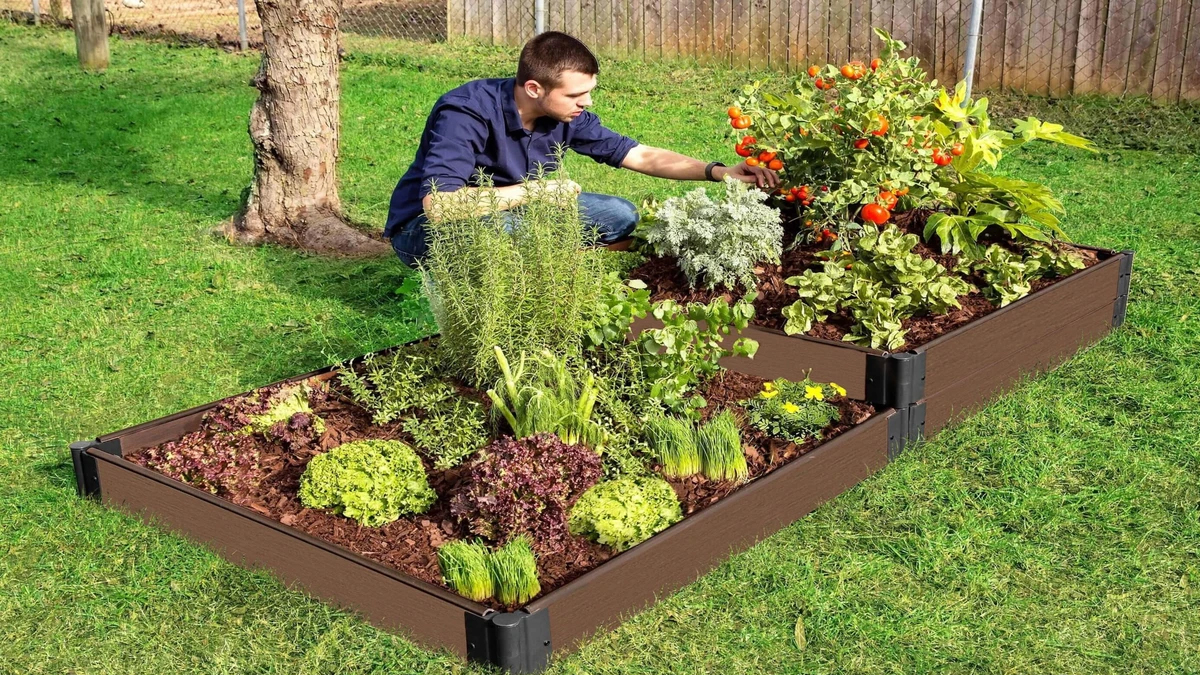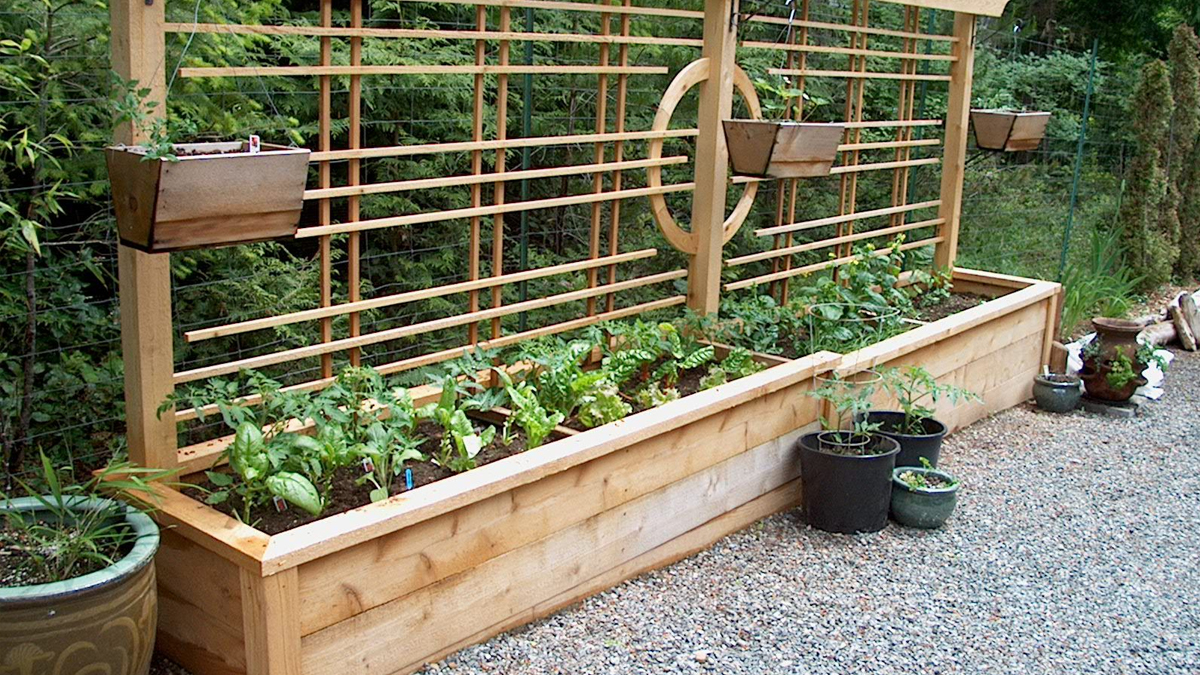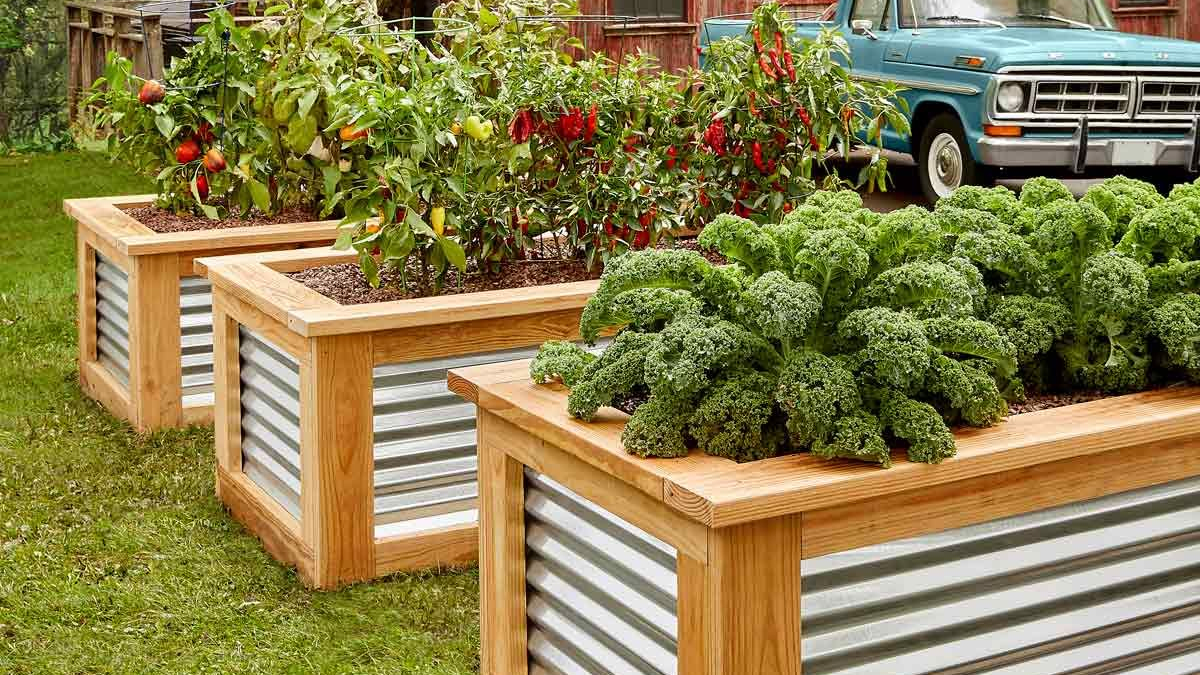on
With the possibility of economic collapse in the USA looming, more and more people are becoming concerned about what the future holds, and if they can weather another Great Depression or even worse something along the lines of what occurred in Venezuela.
Of course, one thing we recommend doing is having food for long-term storage. That will help out for short term emergencies, and provide you back-up if you are depending on what you can grow and have a bad growing year.
Another way to help your family survive an economic collapse is if you aren’t already gardening, get started. There is a learning curve and better to learn when you still have access to grocery stores than to try to learn when your life depends on it.
You can garden just about anywhere you have access to sunshine. You can use any container that gives room for the plant’s roots and that has proper drainage. But if you have the room for a proper food garden, then you really should consider raised beds.
Why use raised garden beds?
Raised beds provide you control over the health of the soil in which you are growing your plants. A raised garden bed is simply mounded soil or a contained bed of soil above the surrounding grade. The goal is to create a deep, wide growing area that encourages plant roots to grow down and outward.

Benefits of raised garden beds
- Manageability: Raised beds offer a manageable way to garden a smaller space intensively.
- Prevention of soil compaction and plant damage: One of the greatest advantages of raised beds comes from the protection the structure provides from foot traffic, especially from children working in a garden area. Since people work on the paths and don’t walk in well-designed raised beds, the soil does not get compacted and plants are less likely to be damaged.
- Longer growing season: Raised beds warm up more quickly in the spring and drain better (assuming the soil is properly prepared), allowing for a longer growing season and better growing conditions. Particularly in the South, a properly prepared raised bed allows plant roots to breathe.
- Less weeding and maintenance: Once the soil in a raised bed has stabilized, compaction is almost non-existent so the need for seasonal tilling is minimal. Weed populations decrease over time in a raised bed that is well cared for and mulched.
- Better drainage: A well-prepared raised bed allows the soil to drain better than in an in-ground garden. In some areas the soil drains so poorly (too fast, or too slow) that raised beds enable gardening of crops that would not otherwise grow.
- Easier soil amendments: A raised bed can enable crop growth in an area that otherwise would not support gardening. On steep slopes, raised beds can act as a form of terracing. Raised beds can be built on parking lots and other compacted difficult-to-garden urban soils. For specific crops, such as blueberries, that thrive in particular soils, raised beds can be amended appropriately.
- Material conservation: Because the gardening space is concentrated, the management of water, fertilizer, mulch and soil amendments can be more carefully controlled, leading to less waste.
- Access for gardeners with mobility issues: Raised beds, at the proper height, can improve access for wheelchairs, or for gardeners who have a hard time bending over. These can be beds built in a tabletop style or just ones that are 24-32″ tall.
- No tilling required: No struggling to till muddy soil after a spring shower. Instead of tilling up the soil from year to year to add fertilizer and amendments, gardeners usually maintain their raised beds by simply adding materials on top.
- Better pest control: In areas where slugs are prevalent, you can add a copper strip around the top of the bed to keep them from crawling into your bed. You can more easily net a raised bed, and the height alone can deter many animals. If you have borrowing pests, you can use hardware cloth on the bottom to prevent them digging up and stealing your root crops.
- Containment of plants that can be invasive: Plants such as horseradish, Jerusalem artichokes, and rhubarb are all plants that can invade your garden if not contained. Designating one raised garden bed for them is an ideal method of keeping them in check. We are planning on using a round configuration starting this spring for all the plants we intend to be contained.
Disadvantages of raised bed gardening

While there are many advantages to raised beds, there are also some disadvantages. Raised beds require the construction of a wall or edge restraint. While this can be built with recycled materials, it still requires additional work, at least initially.
Although raised bed kits can make the process pretty painless, they do increase the cost. In our opinion, the best options for raised beds are either the modular style Aluzinc Steel beds or a stock tank style raised bed. If you purchase a regular stock tank you will need to make sure to drill drainage holes. Tarter noticed how many of their tanks were being purchased for raised gardens, and have introduced planters that are bottomless stock tanks. Unfortunately, these only come in the shorter 12″ height at present.
Another option is finding someone local that carries large steel culvert and having them custom cut them to the length you wish. Then you just need to figure out a way to keep the sharp edges from cutting or scratching you. The corrugated metal adds visual interest, or you could opt for a round stock tank if you wanted to coordinate more with the style of oval stock tanks.
Raised beds also need to be filled with soil, which can become expensive and requires a good understanding of soils and soil amending. Raised beds can be more permanent than in-ground gardens, so planning for future use is essential.
Final thoughts on raised beds
When we were younger the idea of grown in the ground was just how gardening was and we spent a lot of times on our hands and knees or bending over to weed and harvest. We both suffer from varying levels of disability following a car accident 25+ years ago and as we have aged we found it harder to keep up with the weeding in the garden to the point we finally just gave up on it. We started at with 12″ tall beds, and now nothing is under 24″ and on our new homestead, I intend to go higher still. I would love a 36″ bed, but have been unable to find metal ones taller than 32″ so that will have to do for now.
Get access to premium content and more!
The ultimate raised garden bed?
Using stinging nettles to make cheese





